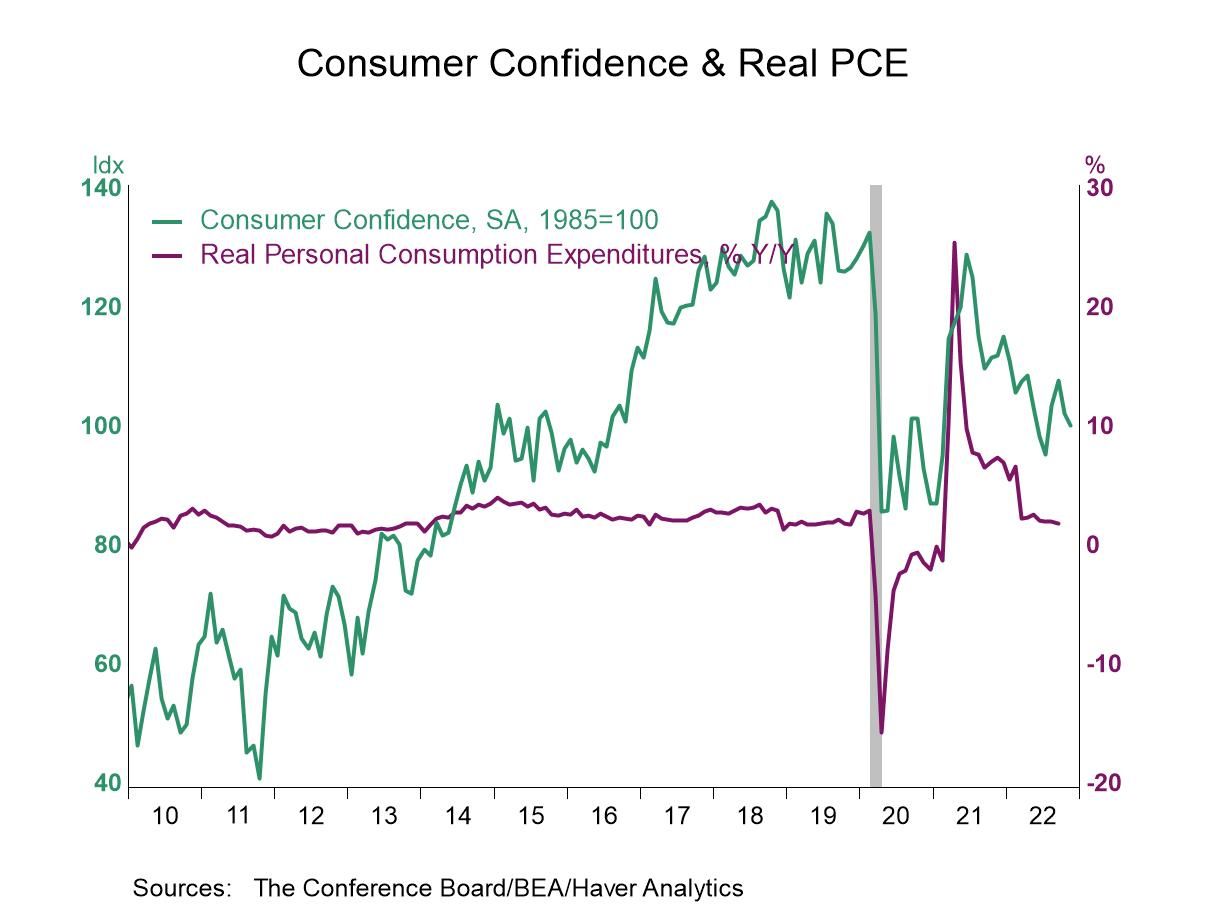China is under enormous strain as there are grassroots demonstrations and pushbacks to its zero COVID policy. Protests have spread and risen in intensity over the policy and its recent setbacks. Still, this is China, and protesting can be dangerous to your health. It is still not clear if this is mostly a young people's protest or if it's something that is broader. However, it's occurring only slightly after Prime Minister Xi has entrenched his power and put all his allies into key policy positions. There is widespread discontent - particularly over people who are under lockdown and because there was a fire and people died in the fire when response was poor. It's not clear that this protest will have legs or will reach the critical mass of something broader.
However, protesting, like lockdowns, interrupts economic activity, too. And we see in November more economic backtracking in both the manufacturing and the nonmanufacturing PMIs for China.
The manufacturing survey shows the headline PMI reading for manufacturing lower on the month at a standing in the lower 3 percentile of all data since 2005. Orders also weakened in the month and show a 4.2 percentile standing. Output weakened to 47.8 in November from 49.6 in October and has a 3.7 percentile standing. The standings of the manufacturing components are all in fact quite weak; the one exception as is often the case when conditions are deteriorating is for stocks. This is often because when an economy slows down and demand slows down, stocks begin to pile up. Rising stocks are an indication that production is no longer behind servicing demand, but in a slowdown or recession that is because demand has imploded. In China, demand is weak and disrupted by its zero COVID policy.
As in November, all the components in the survey have weakened month-to-month except for stocks of finished goods. And all of them except for input prices have diffusion values below 50 indicating that that components are contracting. All components except input prices show contraction for two months running. Most components show contractions for three-months running with the exception being the headline manufacturing PMI gauge, output, input prices, and purchases of inputs. The weakness as you can see is quite broad based and persistent.
The sequential readings on period averages show all averages below 50 except for input prices over three months. Over six months only output does not average below 50 instead clocking a reading of 50.2; an extremely slight increase in output is indicated. Over 12 months there are declines in the headline PMI and all the components except for input prices that have a value of 53.6. Even China has some inflation; not as much as in the West but some.









 Global
Global